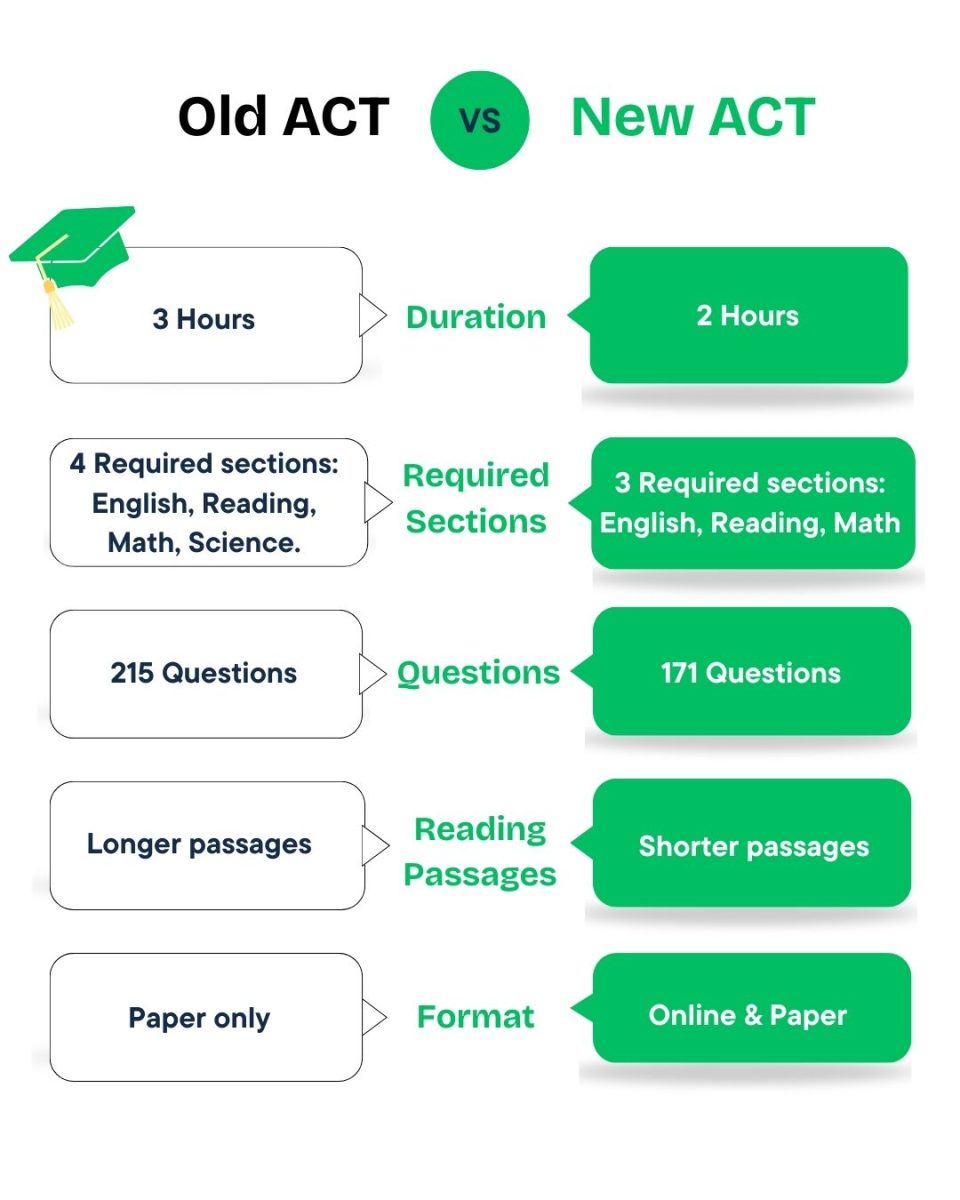After Russia’s darling figure skater, 15-year-old Julia Lipnitskaia, suffered a fall first in her short skating routine Feb. 19, and then during her long routine the next day, it seemed that all hope had been lost for Russia. Lipnitskaia, the recently crowned European champion, called a goddess and “princess of the ice” by gushing Russian headlines, had been pegged as Russia’s hope for their first ever gold medal in Women’s individual figure skating.
When it came down to it, however, Lipnitskaia fell short and stumbled under the weight of all of Russia. She and her coach insisted that she fell due to mere technical errors and lost all hope of dethroning the reigning world champion and 2010 gold medalist, Kim Yu-Na from South Korea.
Luckily for Russia, 17-year-old Adelina Sotnikova, previously viewed as a mere understudy to Lipnitskaia, and left primarily out of the spotlight was there to salvage the country’s dreams of gold with the performance of her life. Sotnikova emerged from the short routines trailing less than a point behind Kim. The next day she bested Kim in the long program earning a score of 149.95 points to Kim’s 144.19, and won the gold.
Though Kim performed in her long program a “poised and flowing tango routine,” according to the New York Times, her routine was not as technically challenging as Sotnikova’s. Kim did not attempt a triple loop or a double axel, triple toe loop combination, as Sotnikova did.
This unexpected result as well as the complicated and subjective scoring system of figure skating led to immediate controversy regarding the results.
Some argued that Sotnikova’s skating was not as aesthetically or artistically pleasing as Kim’s, but her technical routine and general athletic style was tailored toward the current scoring system and did everything the judges were looking for said Scott Hamilton, the 1984 Olympic champion, to the New York Times.
Italy’s Carolina Kostner placed third taking home a bronze while the United States’ Gracie Gold won fourth place.








